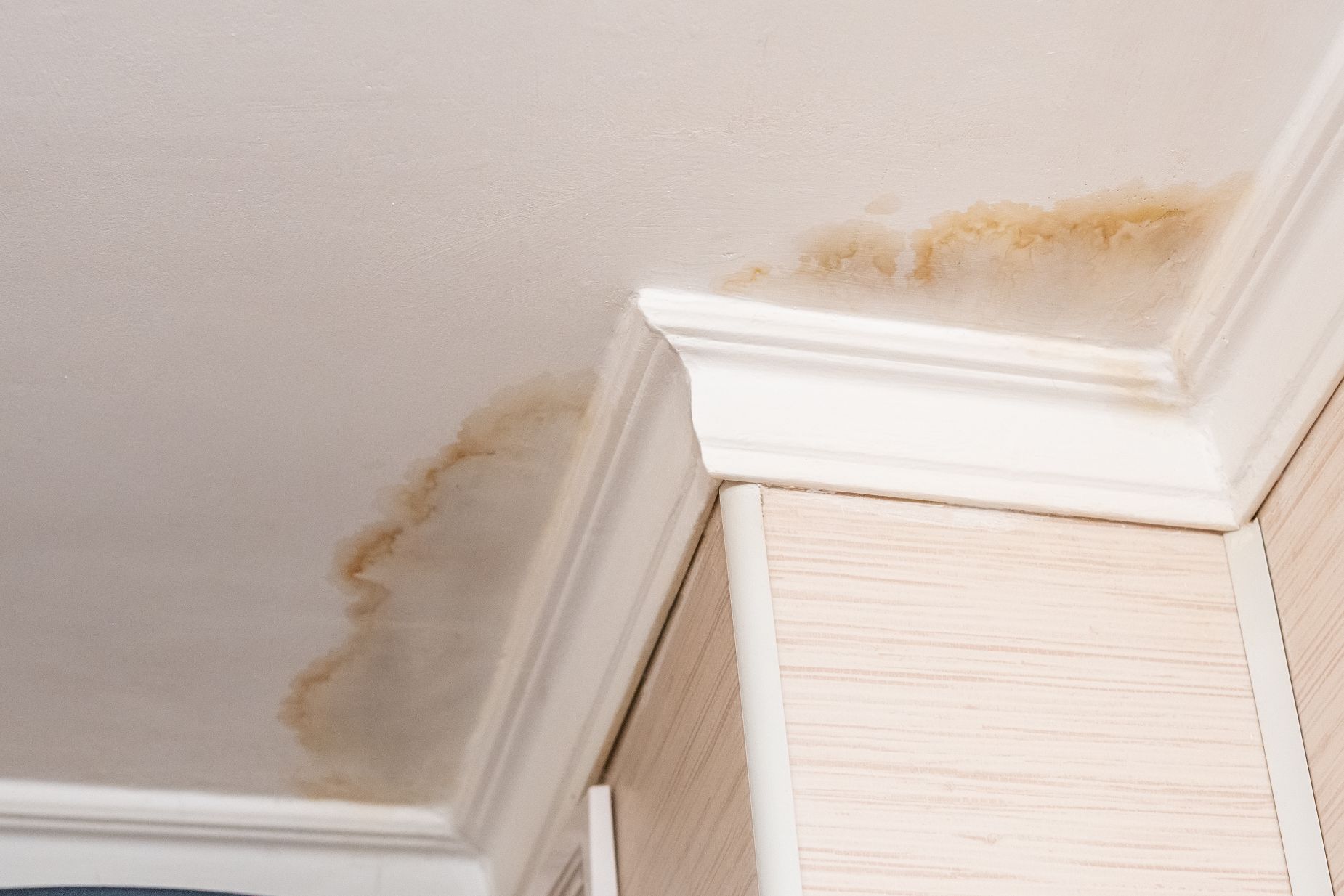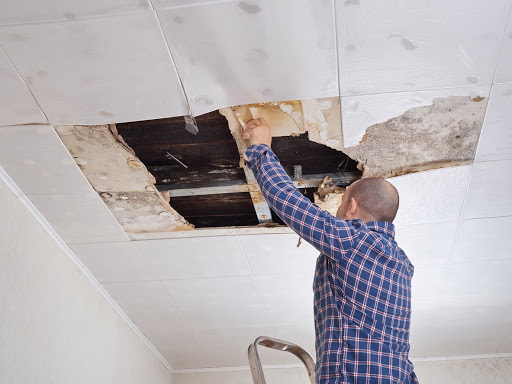
Roof leakage is a common concern for homeowners in Singapore, especially given the city-state’s tropical climate and frequent bouts of heavy rainfall. Addressing roof leaks promptly and effectively is essential to prevent water damage, structural issues, and mold growth. In this article, we provide valuable insights and actionable tips to empower homeowners in Singapore to master the art of Roof Leakage Repair Singapore, ensuring their homes remain safe, dry, and resilient against the elements.
Understanding the Dynamics of Roof Leakage
Roof leakage can occur due to various factors, including age-related wear and tear, improper installation, deteriorating roofing materials, and severe weather conditions such as heavy rain and strong winds. Additionally, factors like inadequate ventilation, clogged gutters, and poor insulation can exacerbate the problem, leading to water infiltration and damage to interior surfaces. Understanding the underlying dynamics of roof leakage is crucial for devising effective repair strategies.
Thorough Inspection and Diagnosis
The first step in addressing roof leakage is to conduct a comprehensive inspection of the affected area. Homeowners can start by examining their attic for signs of water stains, dampness, or mold growth, as these may indicate the presence of a leak. Additionally, inspecting the roof surface for cracked or missing tiles, damaged flashing, and deteriorated sealant can help pinpoint the source of the leakage. For a more thorough assessment, consider hiring a professional roofing contractor in Singapore who can identify hidden leaks and assess the extent of damage.
Choosing the Right Repair Approach
Once the source of the leak has been identified, homeowners can explore various repair options based on the severity of the damage and the type of roofing system in place. For minor leaks and localized damage, patching or sealing affected areas may suffice. However, more extensive damage may require partial or complete roof replacement. Consulting with a qualified roofing professional can help homeowners determine the most suitable repair approach for their specific situation.
Quality Materials and Workmanship
When it comes to roof leakage repair, prioritizing quality materials and workmanship is essential for long-term success. Investing in high-quality roofing materials, such as durable sealants, weather-resistant tiles, and corrosion-resistant flashing, ensures greater resilience against water intrusion and prolongs the lifespan of the roof. Likewise, hiring experienced roofing contractors who adhere to industry best practices and safety standards guarantees superior workmanship and reliable repair outcomes.

Preventive Maintenance for Long-Term Protection
In addition to reactive repair efforts, implementing preventive maintenance measures is critical for preventing future roof leaks and preserving the integrity of the roofing system. Regularly cleaning gutters and downspouts, trimming overhanging branches, and inspecting the roof for signs of damage can help identify and address potential issues before they escalate. By adopting a proactive approach to maintenance, homeowners can minimize the risk of costly repairs and ensure the long-term protection of their home.
Conclusion
Roof leakage repair is a fundamental aspect of homeownership in Singapore, where the tropical climate poses constant challenges to roofing systems. By understanding the causes of roof leakage, conducting thorough inspections, choosing the right repair approach, and prioritizing quality materials and workmanship, homeowners can effectively address leaks and safeguard their homes against water damage. Remember, proactive maintenance is key to preventing future leaks and ensuring the longevity of your roof. With the right knowledge and resources, mastering roof leakage repair is within reach for homeowners in Singapore.


